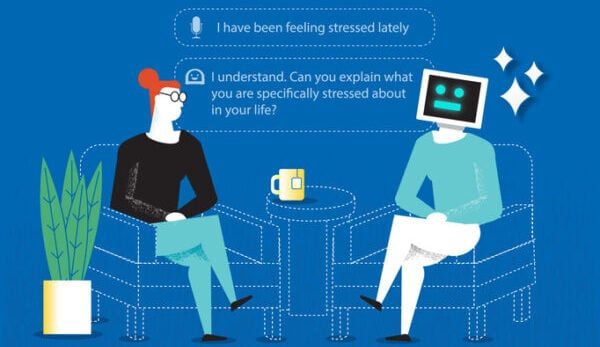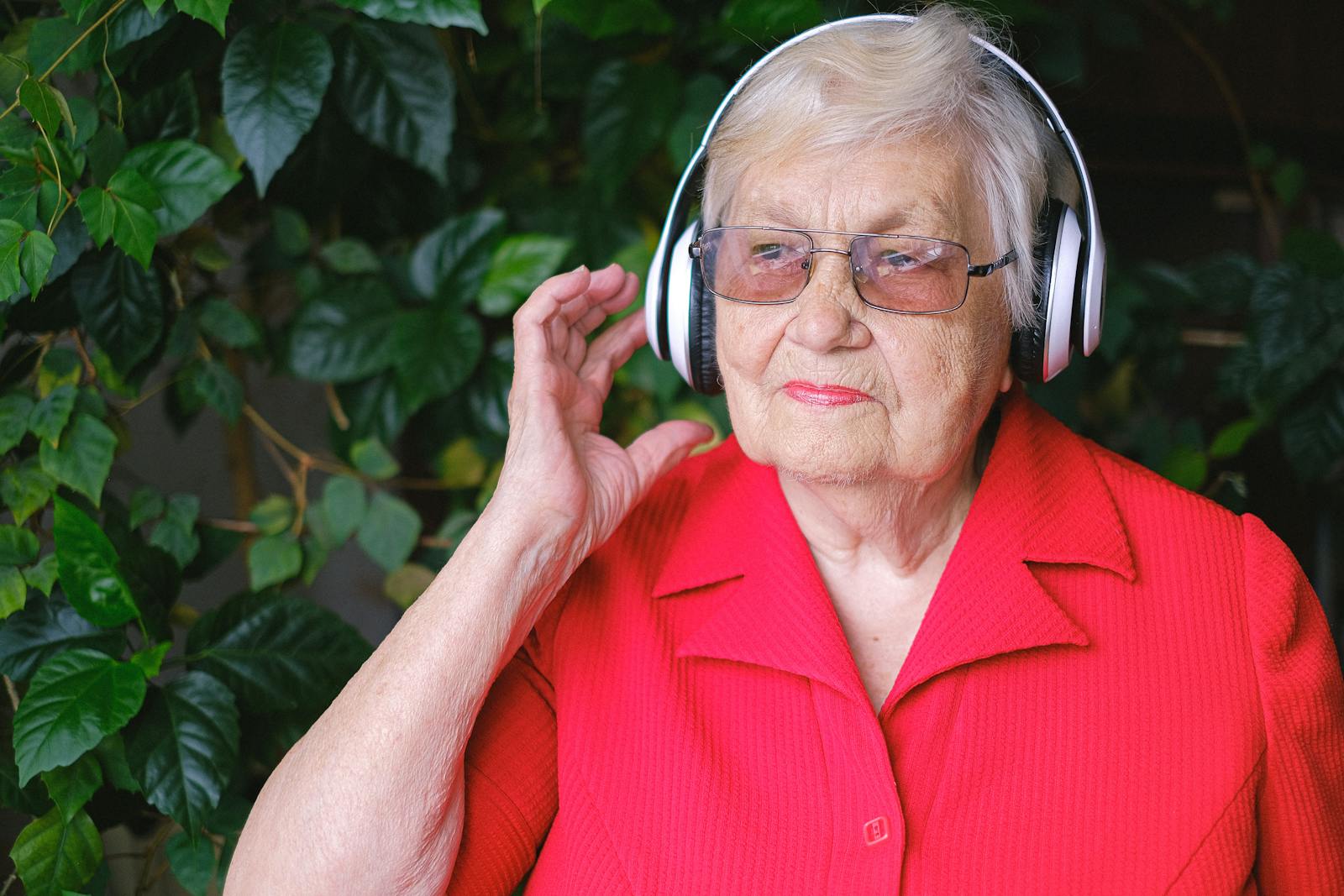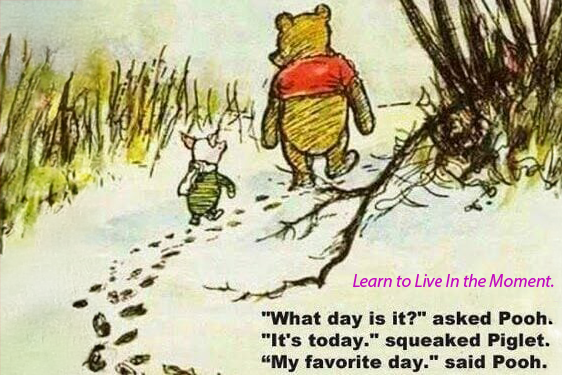CANNABIS CULTURE – In recent years, Ketamine-Assisted Therapy (KAT) has emerged as a groundbreaking treatment option for mental health conditions such as depression, anxiety, and Post-Traumatic Stress Disorder (PTSD). However, the therapy remains subject to public scrutiny, partially because of ketamine’s history as both a surgical anesthetic and a recreational drug.
One commonly asked question is: “Is there a comedown from ketamine?”
As a holistic psychiatrist, I consider it critical to explore both the potential benefits and drawbacks of KAT. This article aims to present a balanced perspective, empowering you to make informed decisions about your mental health care.
The Efficacy of KAT
Numerous clinical trials have showcased the promising results of KAT. In many instances, patients have reported rapid relief from symptoms, often within hours of a ketamine infusion, as opposed to weeks or even months with traditional antidepressants. Moreover, KAT has shown efficacy in patients who have been resistant to other forms of treatment. This is particularly beneficial for those suffering from severe depression or anxiety, providing a ray of hope where other therapies may have failed.
Emotional Aftermath and the ‘Comedown’
Ketamine works by affecting the glutamate system in the brain, which plays a vital role in mood regulation. However, it’s crucial to note that the emotional experience can vary from person to person. Some patients have reported feeling more “open” or “in tune” with their emotions, providing a window of opportunity for constructive therapeutic interventions.
But what about the ‘comedown’?
In recreational use, ketamine is known for a comedown characterized by confusion, fatigue, and low mood. However, it’s essential to differentiate between recreational use and medical use. In a controlled therapeutic setting, ketamine is administered in much lower doses and under medical supervision. The potential for a ‘comedown’ does exist but tends to be less severe and more manageable. Patients might experience tiredness or a brief period of emotional sensitivity but usually do not report the harsh comedown often associated with recreational use.
KAT vs. Conventional Treatments
When comparing KAT with conventional treatment options like SSRIs or cognitive behavioral therapy, it’s important to consider both efficacy and side-effects. While traditional methods are generally well-tolerated and effective for many, they do not work for everyone and often come with their own set of side-effects like weight gain, sexual dysfunction, or emotional numbness.
In contrast, the most commonly reported side-effects of KAT are generally short-lived and can include nausea or an elevated heart rate during the infusion itself. As always, a careful medical evaluation is essential for determining the most suitable treatment option for you.
Practical Takeaways
-
Consult a medical professional: Given the complexities surrounding mental health treatments, it’s crucial to consult a healthcare provider for a comprehensive diagnosis and treatment plan.
-
Know your options: If conventional treatments haven’t worked for you, KAT might provide an alternative, but understand the potential emotional and physiological impacts.
-
Balance of Risks and Benefits: As with any medical treatment, weigh the pros and cons. Consider the efficacy but also the potential for side-effects or emotional shifts.
Unlocking the Subconscious Mind
Ketamine’s unique pharmacological profile allows it to create a mental state where patients are more open to introspection and subconscious exploration. This altered state can sometimes resemble a dream-like experience, during which deeply ingrained thought patterns and emotional reactions may become more malleable. In a therapeutic setting, this provides a fertile ground for both the patient and therapist to engage in what can best be described as “subconscious reprogramming.”
The open state induced by ketamine allows for therapeutic interventions to be significantly more potent. This can be particularly useful for those with rigid, ingrained thought patterns or traumatic memories that are often resistant to change. It’s almost as if ketamine momentarily ‘loosens’ the hard soil of the subconscious, allowing the seeds of new, healthier thought patterns to be sown. The therapy sessions that accompany the ketamine treatments often focus on leveraging this openness to encourage lasting change.
While the potential for subconscious reprogramming is a compelling aspect of KAT, it’s also crucial to approach it with a balanced perspective. The emotional and psychological changes facilitated by ketamine therapy should be embedded within a broader, long-term therapeutic plan for maximum efficacy. This isn’t a quick fix but a part of a multi-faceted approach to mental wellness.
Ketamine-Assisted Therapy offers a unique and potent opportunity for subconscious reprogramming, acting as a catalyst that can make therapeutic interventions more effective. However, it should be considered as one component of a comprehensive mental health treatment plan, tailored to the individual’s specific needs.
While it’s not a one-size-fits-all solution, for some individuals, it can offer life-changing benefits. Understanding both its efficacy and its emotional aftermath is crucial for making an informed decision about your treatment. Always remember, mental health is a journey, and it’s crucial to arm yourself with as much information as possible to navigate it effectively.
Dr. Sam Zand is a distinguished psychiatrist, educator, and Chief Medical Officer at Better U, renowned for his expertise in innovative mental health treatments.
Original Article










